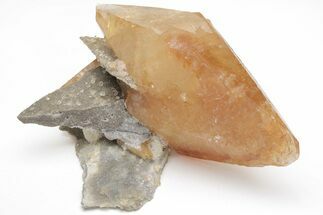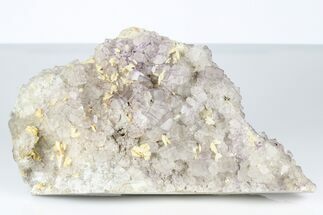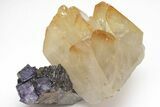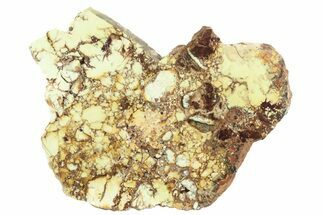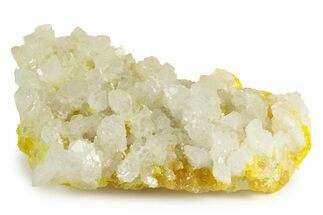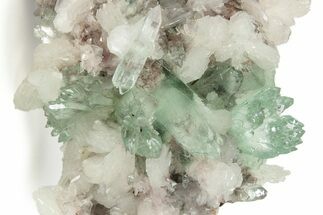This Specimen has been sold.
7.4" Calcite, Cubic Fluorite & Sphalerite Association - Tennessee
This is a fantastic specimen that contains an association of twinned calcite, cubic fluorite, and sphalerite, collected from the famous Elmwood mine in Tennessee. The calcite cluster dominates the piece and its colossal majesty is only enhanced by the cluster of lustrous, red sphalerite, and deep purple, cubic fluorite that accompany it. This is truly a marvelous association that shouldn't be passed up.
The Elmwood Mine
The Elmwood Mine in central Tennessee is one of the world’s premier localities for fluorite, barite, and sphalerite, producing specimens renowned for their size, color, and exceptional crystal quality. Forming within Mississippi Valley–Type (MVT) deposits, Elmwood fluorite is famous for its rich grape-purple cubes—often water-clear and stepped—with barite perched elegantly on top in creamy clusters or golden blades. The mine’s sphalerite is equally celebrated, yielding lustrous, gemmy crystals ranging from fiery orange to deep red-black. Together, these species make Elmwood one of the most iconic and collectible mineral localities on the planet, known for generating museum-grade combinations unmatched in aesthetics and mineralogical significance.
Commercial mining at Elmwood began in the late 1960s, when the site was developed as part of the larger Central Tennessee zinc district. For decades, the mine operated primarily as a major source of high-grade zinc ore for industrial use, with fluorite, barite, and collector-quality sphalerite crystals forming as spectacular but incidental byproducts of the ore-extraction process. Periodic closures and reopenings—driven by fluctuating zinc prices and ownership changes—have made fine Elmwood specimens increasingly coveted over time. Although the mine’s primary purpose was always zinc production, its unexpected yield of world-class mineral specimens has cemented Elmwood’s place as one of the most important and beloved mineral localities in North America.
The Elmwood Mine in central Tennessee is one of the world’s premier localities for fluorite, barite, and sphalerite, producing specimens renowned for their size, color, and exceptional crystal quality. Forming within Mississippi Valley–Type (MVT) deposits, Elmwood fluorite is famous for its rich grape-purple cubes—often water-clear and stepped—with barite perched elegantly on top in creamy clusters or golden blades. The mine’s sphalerite is equally celebrated, yielding lustrous, gemmy crystals ranging from fiery orange to deep red-black. Together, these species make Elmwood one of the most iconic and collectible mineral localities on the planet, known for generating museum-grade combinations unmatched in aesthetics and mineralogical significance.
Commercial mining at Elmwood began in the late 1960s, when the site was developed as part of the larger Central Tennessee zinc district. For decades, the mine operated primarily as a major source of high-grade zinc ore for industrial use, with fluorite, barite, and collector-quality sphalerite crystals forming as spectacular but incidental byproducts of the ore-extraction process. Periodic closures and reopenings—driven by fluctuating zinc prices and ownership changes—have made fine Elmwood specimens increasingly coveted over time. Although the mine’s primary purpose was always zinc production, its unexpected yield of world-class mineral specimens has cemented Elmwood’s place as one of the most important and beloved mineral localities in North America.
SPECIES
Calcite, Fluorite & Sphalerite
LOCATION
Elmwood Mine, Carthage, Tennessee
SIZE
7.4 x 6.1 x 5"
CATEGORY
SUB CATEGORY
ITEM
#209767
 Reviews
Reviews

